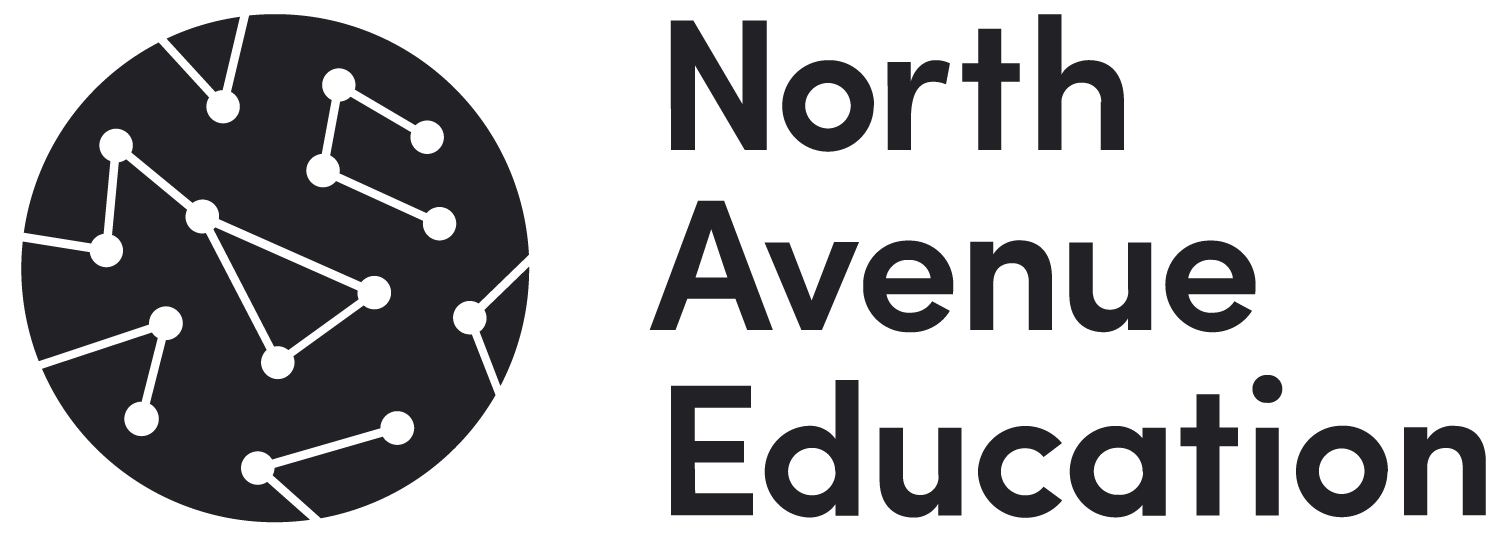New Accessibility Features in Bluebook: What SAT Students with Learning Differences Need to Know
Navigating the SAT can be challenging for any student, but for those with learning differences, the hurdles can feel even more daunting.
Recognizing this fact, the College Board recently introduced several updates to the Bluebook app, enhancing accessibility features that aim to better support students with diverse learning needs. From text-to-speech functions to more customizable extended-time options, these changes mark a significant shift toward inclusivity in SAT testing.
Here’s what these updates mean, why they matter, and how students with learning differences can make the most of the new digital SAT environment.
What’s Changing in the SAT Bluebook App?
The College Board has rolled out new features in its Bluebook app, the official platform for digital SAT practice testing. These changes primarily center around accessibility, with a specific focus on features that can benefit students with learning differences:
Text-to-Speech (TTS) Functionality: Students with reading disabilities, such as dyslexia, will now have access to text-to-speech options directly within the Bluebook app. This feature allows students to listen to questions and passages being read aloud, helping to reduce the cognitive load associated with reading lengthy or complex text. Previously, students needed external assistive devices for TTS, but now the Bluebook app provides it as a built-in feature, streamlining the process.
Expanded Extended-Time Options: Extended time has long been available as an accommodation, but the new updates allow students and administrators more flexibility in how this time is allocated. The app now provides more refined control over extended-time settings, ensuring that students who need extra time can tailor it more precisely to their needs.
Improved Visual & Navigation Controls: The Bluebook app now includes enhanced visual customization, such as font adjustments and increased line spacing, which can significantly help students with visual processing disorders or ADHD. Furthermore, the app offers simplified navigation tools, enabling students to move between questions with ease and reducing potential frustration caused by challenging interface design.
Why These Updates Matter for Students with Learning Differences
These updates are more than technical tweaks; they represent a shift toward a more inclusive approach in standardized testing. The changes can have a profound impact on students with learning differences, ensuring that they have the support necessary to demonstrate their true academic capabilities.
Reduced Cognitive Load and Increased Focus: Text-to-speech options are critical for students who struggle with reading comprehension due to dyslexia or other learning differences. By allowing students to hear questions read aloud, the app removes a major barrier, enabling these students to engage more effectively with the test material and focus on critical thinking over decoding text.
Flexible Time Management for Reduced Anxiety: Extended time options provide flexibility, which is vital for students with ADHD or processing speed deficits. Rather than feeling rushed, students can work at a pace that aligns with their cognitive needs, leading to improved performance and a more accurate reflection of their abilities. Flexible timing can also alleviate testing anxiety, a common issue among students with learning differences.
Customizable Interface to Improve Comfort and Accessibility: Visual adjustments may seem like minor improvements, but they can make a significant difference for students who are visually sensitive or have ADHD. By adjusting font size and line spacing, students can read and process information more comfortably, allowing for a smoother testing experience.
Preparing for the SAT with Learning Differences
Given these new features, how should students with learning differences approach SAT preparation? The right strategy involves more than just familiarizing oneself with Bluebook’s new tools; it requires a targeted, personalized approach to test prep.
Here are some key tips:
Work with an Expert Tutor Familiar with Bluebook: Working with a tutor who understands both the SAT and the specific needs of students with learning differences is essential. A knowledgeable tutor can guide students through the unique functionalities of the Bluebook app, ensuring they feel confident using the text-to-speech and extended-time features. Tutors can also help students develop strategies for managing time and navigating the app efficiently, setting them up for success.
Practice under Realistic Conditions: Practicing with the Bluebook app under actual test conditions is crucial. Encourage students to simulate test day as closely as possible, using all accommodations they’ll have on test day, such as extended time or text-to-speech. This practice not only familiarizes them with the app but also helps them build endurance and focus in a testing environment.
Embrace a Holistic Test Prep Strategy: Preparing for the SAT is not just about mastering the content; it’s also about building confidence, reducing anxiety, and developing strategies tailored to each student’s unique needs. Tutors who specialize in working with learning differences can provide structured practice and tools for managing stress, setting realistic goals, and celebrating incremental progress.
Know Your Accommodations & Communicate in Advance with Your Test Center: Accommodations vary by test center, so it’s essential to confirm that all necessary adjustments are in place well before test day. Students, families, and tutors should communicate with the chosen test center to ensure that everything from extended time to TTS functionality is available and properly configured.
Unlocking Potential Through Adaptive SAT Prep
The College Board’s updates to the Bluebook app mark a welcome step forward in creating a fairer, more inclusive SAT testing experience. For students with learning differences, these changes mean fewer barriers and more opportunities to shine. With the right tools, preparation, and support from expert tutors, students with learning differences can approach the SAT with newfound confidence and focus. At North Avenue, we’re dedicated to helping students make the most of these new features, ensuring that they’re prepared, informed, and ready to succeed.
If you or your student has a learning difference and is planning to take the SAT, reach out to discuss how we can help tailor a prep plan that aligns with your needs. Together, we can turn these updates into powerful tools for success.






























